Passengers (upon opening) 519 daiily boardings Platforms in use 2 | Opened 16 June 1916 | |
 | ||
Location 9 Railroad Street
Pawtucket/Central Falls, Rhode Island Line(s) Providence/Stoughton Line Tracks 4 (former station)
3 (current)
5 (proposed new station) Closed 1959 (station building)
February 20, 1981 (end of service) Similar Pawtucket City Hall, Wickford Junction, Providence station, Blackstone River Valley Na, Jenks Park & Cogswell Tower | ||
Pawtucket/Central Falls is a disused railroad station located in the Rhode Island cities of Pawtucket and Central Falls. It opened in 1916 to replace separate stations in the two cities and was closed in 1981. The state of Rhode Island intends to open a replacement station slightly to the south around 2020.
Contents

Combined station
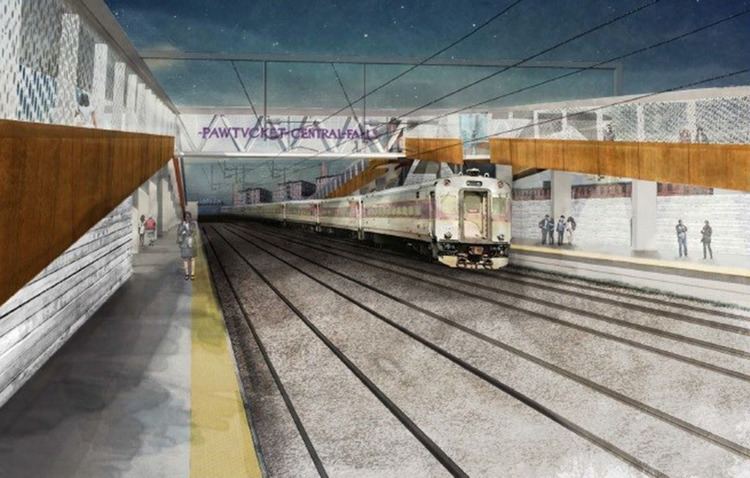
The station was originally built in 1915-16 by the New York, New Haven and Hartford Railroad as a replacement for two separate stations in both Pawtucket and Central Falls as part of a grade separation program. It opened for passengers on June 16, 1916. The station was originally built with two island platforms and four tracks, with each platform serving one center main track and one siding.
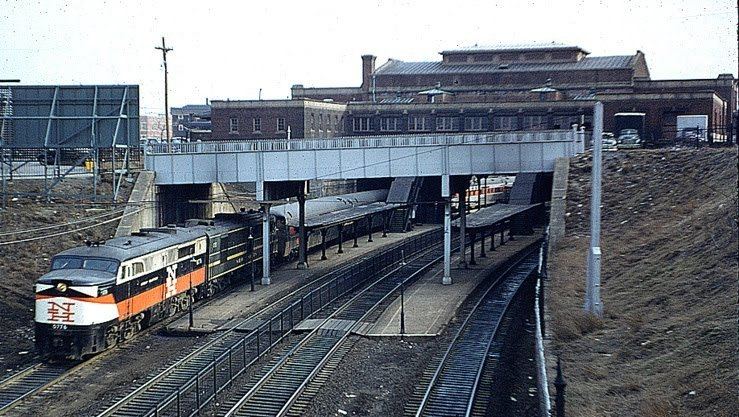
In 1959, the station building itself was in disrepair and was closed. Thereafter passengers accessed the platforms via stairways from Barton Street. The station was served by New Haven Railroad trains, then later by MBTA Commuter Rail, until Rhode Island stopped funding service past Attleboro on February 20, 1981. The station building was considered for nomination to the National Register of Historic Places in 1984, but this was deferred due to concerns about its structural integrity. During the Northeast Corridor Electrification Project in the 1990s, the station tracks were relocated to increase clearances for the Acela Express to tilt when going around the curve. The center main tracks were replaced with a single southbound main track, while the northbound siding track was replaced with a new northbound main track. The southbound siding is now the FRIP track for the exclusive use of Providence and Worcester Railroad freight trains.
Proposed replacement station
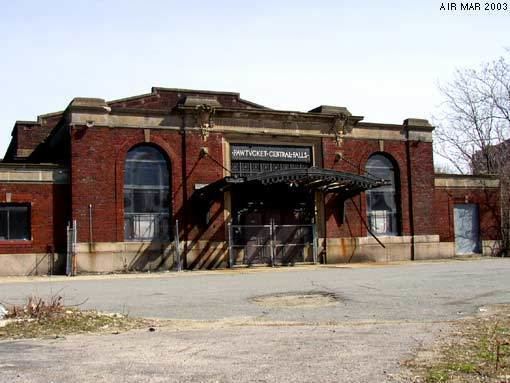
When Rhode Island resumed funding MBTA service to Providence in 1988, the Pawtucket/Central Falls stop was not resumed due to limited funding and the deteriorated condition of the station. The MBTA opened a new station at South Attleboro on June 20, 1990 to reach the Pawtucket/Central Falls market without adding a second stop in Rhode Island, which Rhode Island did not wish to pay for. The station site at Route 1A is located less than a mile east of the point where the line enters Rhode Island, and offered room for a parking lot whereas the downtown Pawtucket location did not. However, it is too far from the old location to be walkable for most Pawtucket and Central Falls residents, and until 2013 RIPTA buses were prohibited by federal law from crossing the state line to deliver passengers to the station.
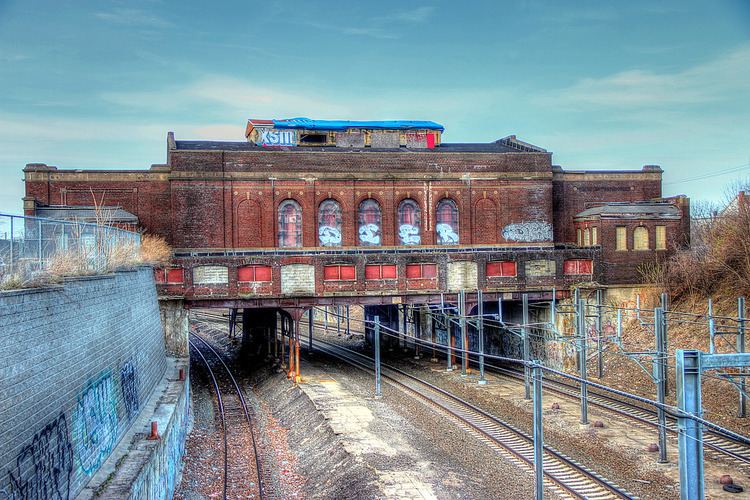
In the early 1990s, Rhode Island began planning for a substantial increase in commuter rail service, with more service to Boston as well as Providence-focused intrastate service. With South Attleboro station open, the need for a downtown Pawtucket/Central Falls station was initially discounted. A 1994 RIDOT study of rail corridors in the state analyzed commuter rail service to Woonsocket, but a Pawtucket station was not included. During the next decade, the state focused on adding additional Boston-Providence trains and extending service to the South County area with stations at T.F. Green Airport and Wickford Junction. In 1998 RIDOT began planning a layover yard - but no station - in Pawtucket; the yard was constructed from 2001 to 2004 and fully opened in July 2006.
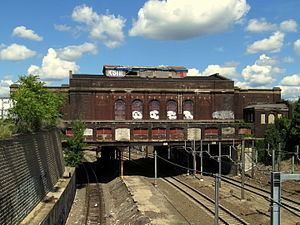
In 2005 the City of Pawtucket began discussions with RIDOT about adding a Pawtucket stop in addition to the South County service. The city commissioned a $344,000 study, released in 2007, which estimated between 1080 and 1161 daily riders to Boston, 269 to 562 daily riders to Providence, and 27 to 45 daily riders to T.F. Green Airport. The study considered reopening the former station with new platforms to the north, or building an all-new station at the P&W yard to the south. The renovated station was estimated to cost $58.5 million versus $45.1 million for an all-new station, but the former was recommended based on better walkability, fewer impacts to businesses, and concerns about toxic materials in the rail yard.
Reusing the former station site was determined to be impractical after further analysis. The dilapidated condition of the building would markedly increase costs, and the track geometry was unsuitable for a modern station: there is insufficient room in the trench to add additional tracks to allow Amtrak trains to pass stopped commuter trains, and the sharp curve makes high-level handicapped accessible platforms impossible to build without large platform gaps.
In April 2016, RIDOT submitted an application for a $14.5 million TIGER grant, which would part of the $40 million construction cost of the new station. If the grant is approved, the state would contribute $3.6 million and the two cities $3.0 million, with federal funding expected to cover the remaining half. Environmental review and preliminary design are to be completed by September 2016, with a $3.0 million design contract awarded in December. The TIGER application lowered the expected ridership to 519 daily boardings, of which all but 89 would be diverted from Providence and South Attleboro. The station is expected to open in early 2020.
In October 2016, state and city officials unveiled a sign marking the site of the planned station.
